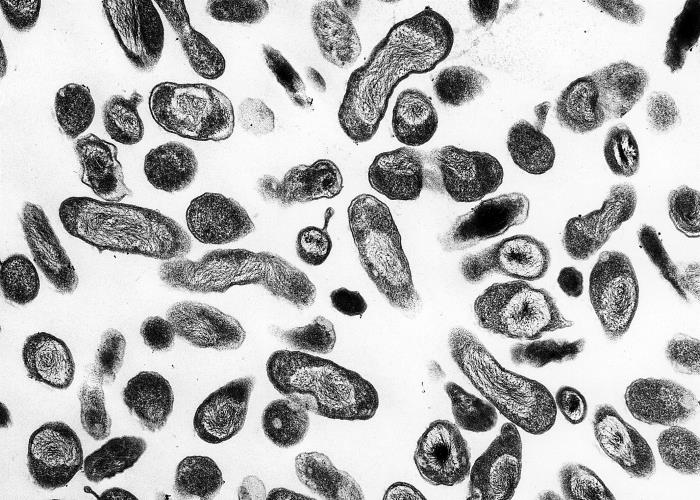In a follow-up on the Q fever outbreak in southern Chile, assistant sub-secretary of Public Health, Cristian Herrera said the situation has worsened and the case count has risen to 56, according to a local media report (computer translated).

Those infected are dairy workers in Puerto Octay, Los Lagos region, who contracted the infection through contact with cows and sheep.
In response to the outbreak, the Ministry of Health would decree a sanitary alert in two regions of the country, the Lakes and Los Rios.
The past president of the Chilean Society of Infectology, Jeanette Dabanch, said that it is a new disease in Chile because although it is common in animals, without causing any symptoms, human infection is uncommon.
According to the US Centers for Disease Control and Prevention (CDC), Q fever is a disease caused by the bacteria Coxiella burnetii which is found worldwide. The bacteria naturally infects some animals, such as goats, sheep and cattle. C. burnetii bacteria are found in the birth products (i.e. placenta, amniotic fluid), urine, feces, and milk of infected animals. People can get infected by breathing in dust that has been contaminated by infected animal feces, urine, milk, and birth products. Some people never get sick; however those that do usually develop flu-like symptoms including fever, chills, fatigue, and muscle pain.
Related:
- Measles outbreak strikes Bolivar state, Venezuela
- Saint Louis Zoo: Ellie the elephant tests positive for tuberculosis
- Lyme disease: 14 states classified as ‘high incidence’
- Rift Valley fever virus: An infection mechanism identified
- Madagascar plague outbreak tops 2,000 cases: WHO
- Legionnaires’ disease outbreak grows linked to Lisbon hospital



2 thoughts on “Q fever: More cases reported in Chile outbreak”